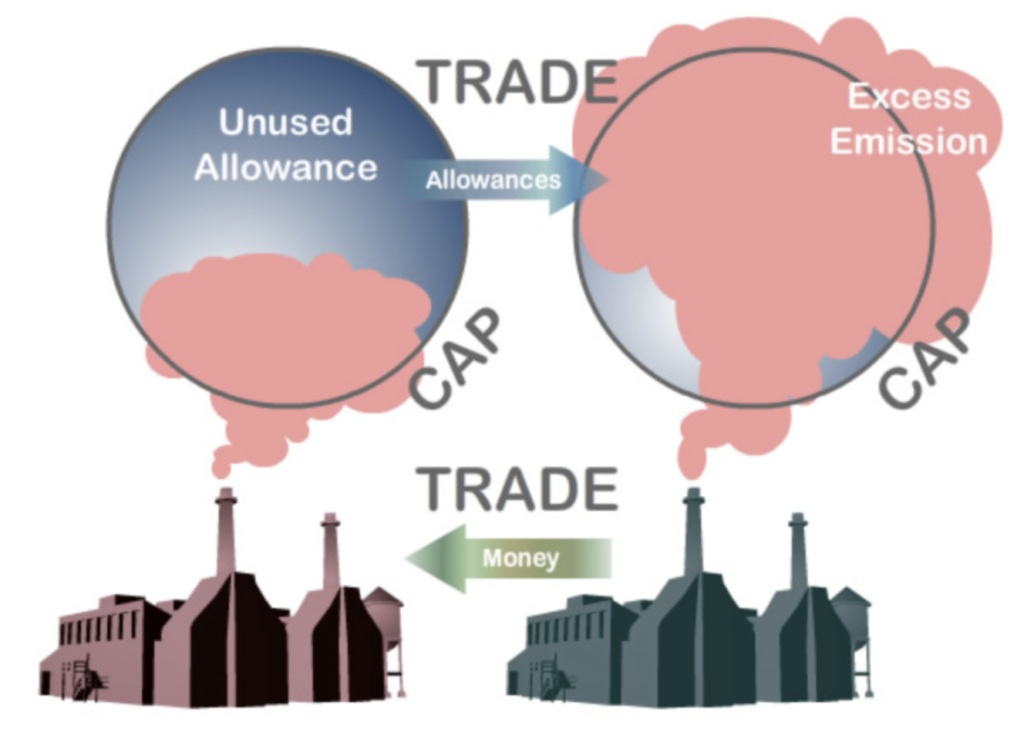Environmental trading, also known as cap-and-trade, is a market-based mechanism aimed at reducing pollution and greenhouse gas emissions. This innovative approach allows companies to buy and sell pollution permits, providing a flexible and cost-effective way to meet environmental goals. In this guide, we will provide an overview of environmental trading, its benefits and drawbacks, and how it works in practice.
I. Introduction

Environmental problems, including climate change, air pollution, and water pollution, have become major global concerns in recent decades. Governments and businesses have been seeking innovative solutions to reduce pollution and protect the environment while maintaining economic growth. Recently, it has emerged as a popular tool to achieve this goal.
II. How Environmental Trading Works

It involves creating a market for pollution permits. The government sets a limit, or cap, on the amount of pollution that can be emitted by a particular industry or company. Companies that emit less pollution than their allocated amount can sell their unused permits to companies that exceed their limits. This creates a market where companies can buy and sell pollution permits, creating a financial incentive for companies to reduce their pollution levels.
III. Benefits of Environmental Trading
It has several benefits. First, it provides companies with flexibility in meeting environmental goals. Companies can choose to reduce their emissions or buy permits to offset their pollution levels. This allows companies to find the most cost-effective way to reduce pollution. Second, environmental trading provides a financial incentive for companies to reduce pollution levels. By selling unused permits, companies can generate revenue, which can be invested in environmental technologies or other business operations. Third, environmental trading can lead to innovation in environmental technologies. As companies seek to reduce their pollution levels, they may invest in developing new technologies to meet environmental goals.
IV. Drawbacks of Environmental Trading
It also has some drawbacks. One concern is that it can create a market for pollution, which some critics argue is morally unacceptable. There is also a risk that companies may not take enough action to reduce their pollution levels, relying too heavily on buying permits to offset their emissions. Another concern is that environmental trading may not be effective in reducing pollution levels, as companies may simply pass on the cost of permits to consumers, leading to higher prices for goods and services.
V. Examples of Environmental Trading
It has been implemented in several countries around the world. The European Union Emissions Trading System (EU ETS) is the largest carbon trading scheme in the world. It covers more than 11,000 power stations and manufacturing plants in 31 countries. In the United States, several states have implemented cap-and-trade programs, including California and the Northeastern states. China has also introduced a national carbon trading system, which is expected to be the world’s largest when fully operational.
VI. Conclusion
Environmental trading has emerged as a promising tool for reducing pollution and greenhouse gas emissions. By creating a market for pollution permits, companies can find cost-effective ways to reduce their emissions, while also generating revenue and spurring innovation in environmental technologies. However, there are concerns about the effectiveness and morality, and more research is needed to fully understand its impacts. As countries around the world seek to meet their environmental goals, environmental trading is likely to play an increasingly important role in the years to come.

